
German medieval clothing in the 14th century. Costume History
The Medieval Nobles were all members of Parliament - House of Lords (modern-day) For nobles of medieval Europe, a title would be rewarded to a person who performed some service to the monarch and would usually be passed down to each new generation.

Família noble medieval Tudor costumes, Medieval, The tudors costumes
In medieval times, as today, both fashion and necessity dictated what people wore. And both fashion and necessity, in addition to cultural tradition and available materials, varied across the centuries of the Middle Ages and across the countries of Europe.

King & royalty, Nobles, Peasants or serfs
Types of Houses in Medieval Times. Noble Medieval House by Silver149 licensed under CC BY 2.5. During the Middle Ages, a well-defined hierarchy started developing within the Noble class, with the Nobles and the Aristocrats vying to establish their dominance in the social order. This race gave rise to a need to reflect their wealth as much as.

Young noblewoman of the Orsini in the reign of Charles VI, 1420. Costume History
Hunting Many larger castles would have had their own stables, so horse riding was a possible form of leisure but riding for a purpose was perhaps even more popular.

Nobles in Medieval times. Recreating scene from the past at Mogosoaia Palace, Romania Stock
Nobles of the Middle Ages, like everyone else at the time, had limited access to education, books, or cultural opportunities, meaning women with little housework or manual labor to perform had few options for pursuing engaging leisure hobbies.

Nobleman costume. Elizabethan Costume, Medieval Costume, Mode Renaissance, Renaissance Fashion
The Middle Ages are a period renowned for many wars and battles, as Europe's territories evolved amid political and military clashes, so the noblemen of the period would have been regularly called upon to support their king and country. Leisure & Pleasure - Noble Pastimes

NOBLEZA Concepto, características, privilegios y detalles de su vida
History Nobility offered protection in exchange for service French aristocrats, c. 1774 The term derives from Latin nobilitas, the abstract noun of the adjective nobilis ("noble but also secondarily well-known, famous, notable"). [2]

Couple of Medieval Nobles on Parade Editorial Stock Photo Image of young, horizontal 67748418
Almoravid foundation (11th-12th centuries) The eastern walls of the city, near Bab Debbagh. Marrakesh was founded in 1070 by Abu Bakr ibn Umar, the early leader of the Almoravids. At first, the city's only major fortification was the Ksar al-Hajjar ("Palace/Fortress of Stone"), a royal citadel built by Abu Bakr to protect the treasury. It was located right next to the site of the current.

Role of Noblewomen Life in the Middle Ages
5. Earls and Counts: Governors of Counties Earls and counts held a noble status below the dukes. They ruled over counties, which were smaller territorial units within the kingdom. As administrators of these counties, they managed local governance, collected taxes, and maintained law and order.
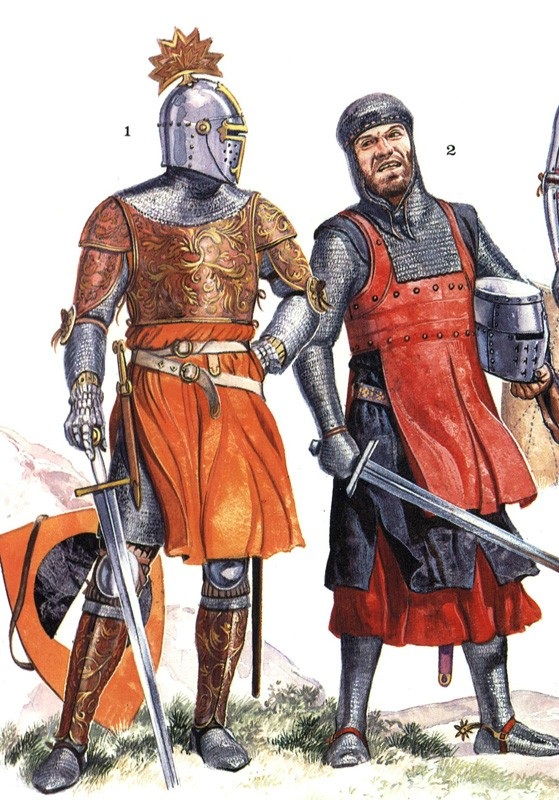
Kings, Knights, Nobles, and Peasants My Middle Ages Portfolio
The effectiveness of governments can be measured by the extent to which they breached this principle: in France, for example, in the 18th century by the dixième and vingtième taxes, effectively on income; belatedly, in Poland, where nobles paid no tax until the chimney tax of 1775.
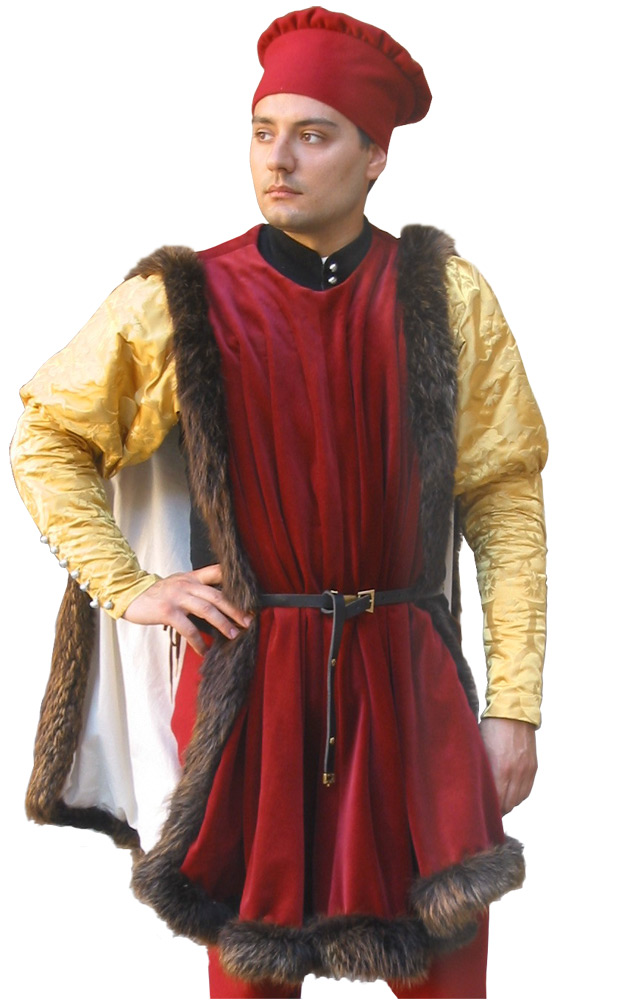
Giornea noble fifteenth century., Medieval Costume (Man) for sale Avalon
The nobility held extensive political and economic power over much of European history; noblemen in the Middle Ages controlled the kingdoms, duchies, and principalities of Europe as kings, dukes,.
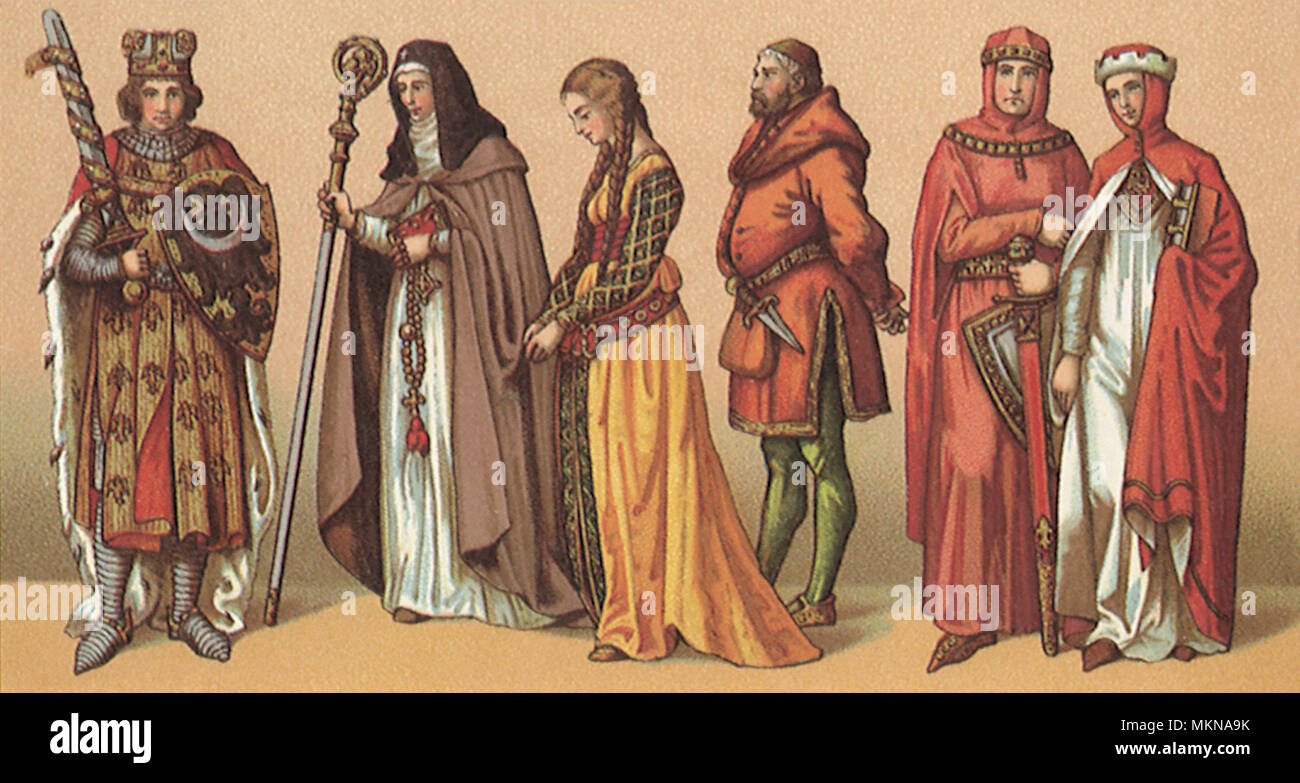
Nobles medievales fotografías e imágenes de alta resolución Alamy
Much like in modern times, a royal visit was an esteemed honour which required the best of everything - fine and plentiful food, luxurious living accommodation, an army of staff to meet every royal whim.. While some medieval nobles would gladly pay for the honour of a royal visit to their residence - a symbol of pride and esteem that.

Louis I of Hungary (13261382) Hungarian clothing, Army poster, Medieval
The world of medieval nobles is a captivating tapestry of power, prestige, and courtly manners. With social hierarchies that could shape the destiny of entire countries, understanding their way of life offers a unique lens into the past. A glimpse into the life of medieval nobles presents a tapestry woven with threads of power, politics, and.
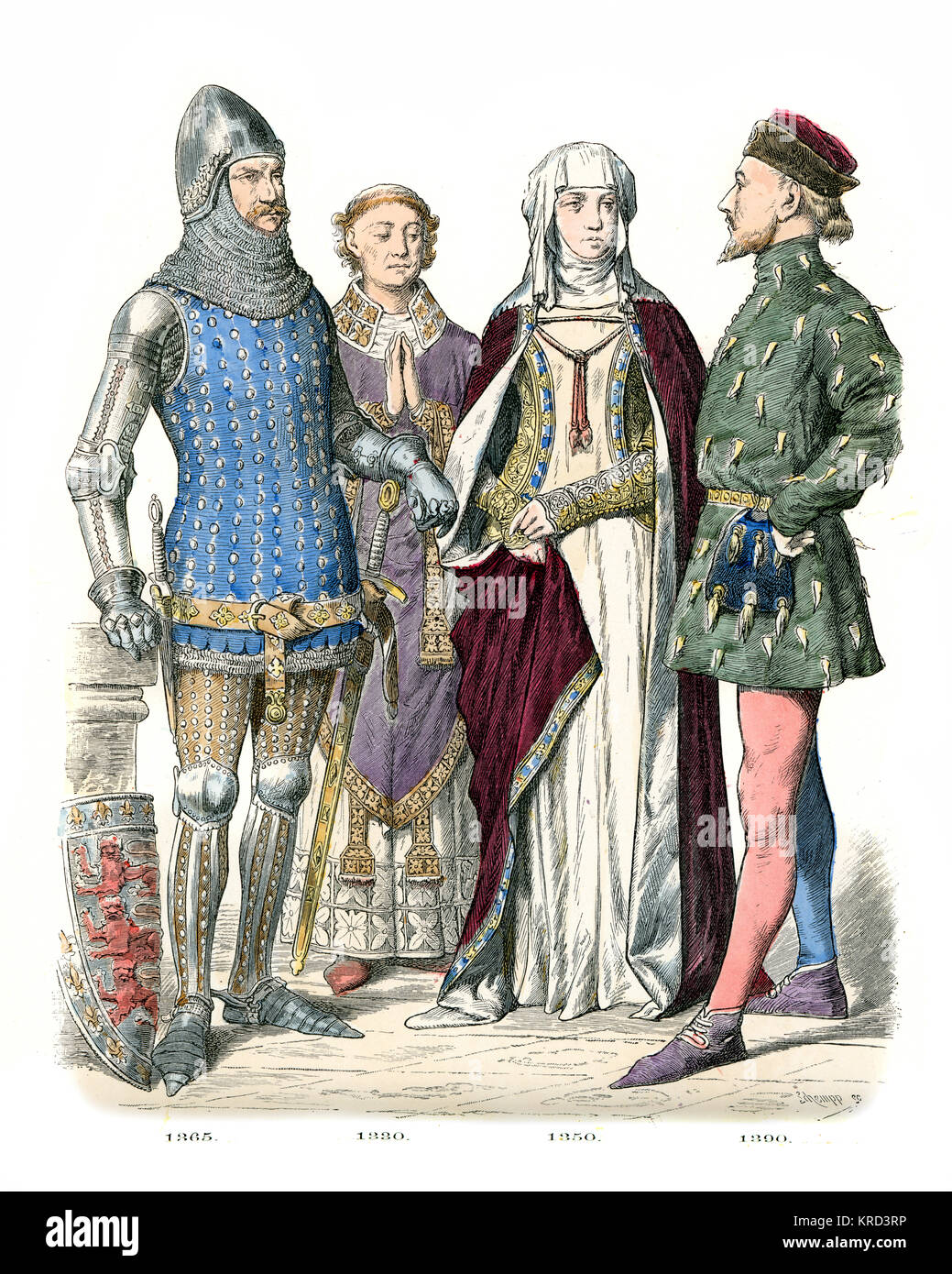
Vintage engraving of English Medieval fashions of noble people, 14th Stock Photo 169318794 Alamy
Peerage and Hereditary Title Peerage refers to the widely accepted system of hereditary titles in the Medieval era. The system was very popular in England but it was not exclusive to the region. A peerage may mean an entire group of nobles or individual titles and a noble under this system is called a peer. Medieval Lord

Nobles En El Banquete Medieval Imagen de archivo editorial Imagen de antiguo, manera 28418934
Top 10 Famous Nobles of Medieval Times In the annals of medieval history, there were noble figures whose names echoed through the ages, leaving an indelible mark on the tapestry of time. Medieval King Richard the Lionheart "Richard the Lionheart, renowned for his courage and military prowess, was the epitome of a chivalric knight.
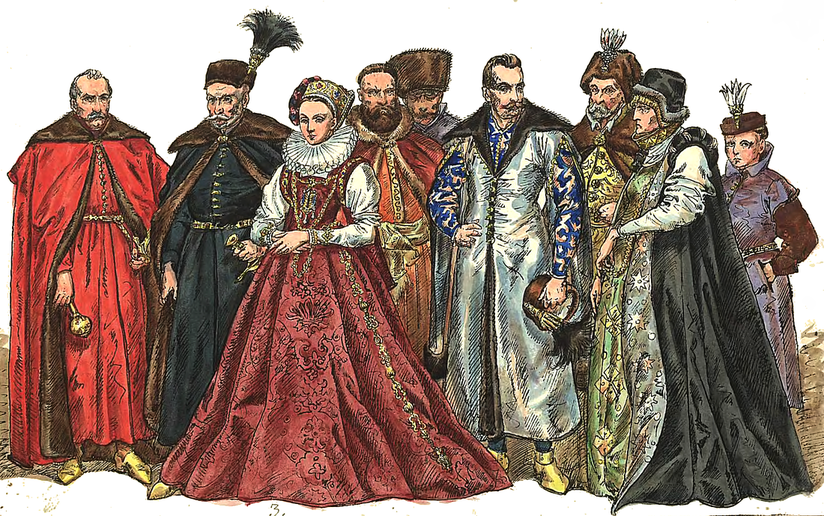
Nobles Middle Ages
The medieval nobles were an integral part of medieval society, and their role in governance and society was vital to the overall stability and prosperity of the region. Contents hide 1 Roles and Responsibilities of Medieval Nobles 2 What Did Nobles Wear in Medieval Times 3 Medieval Nobility Titles 4 Noble Titles in Europe